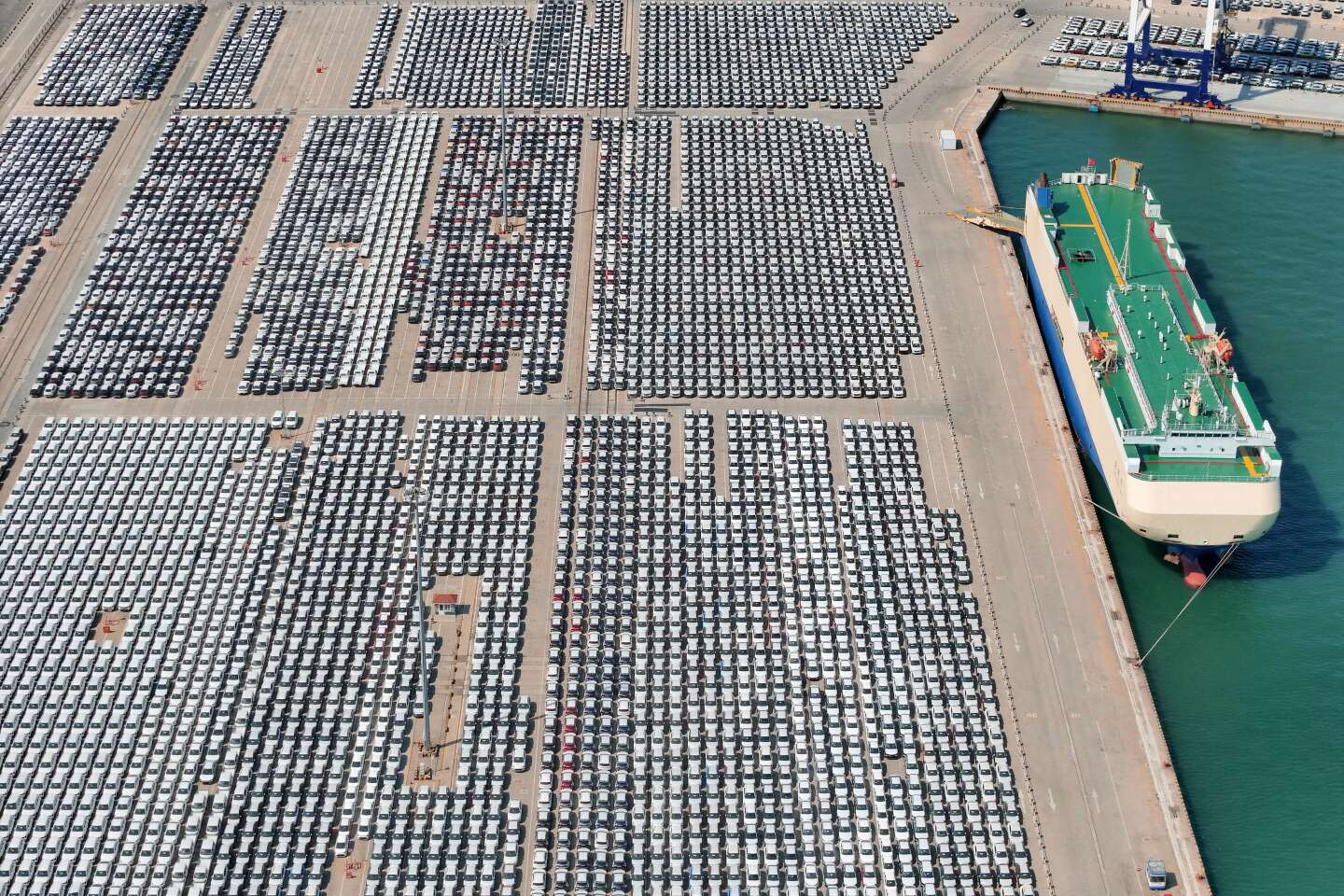crs1026
Superstar
It's also intended as a middle mile solution. You could still have a delivery worker on foot or on a bike running the last couple hundred meters to a.door. It would be substantially more productive than the current model of waiting at a restaurant.
Very short distance distribution makes a lot of sense (I can imagine a tube from Pearson to the Gateway Postal Terminal, for instance, sized around standard air freight containers) - but the moment one proposes something that snakes through the city, say from an Amazon center in the west end to Liberty Village, there will be so many questions asked....what happens when the first lithium battery on the drone catches fire? Where does the heat and smoke from that event go? etc etc
- Paul






